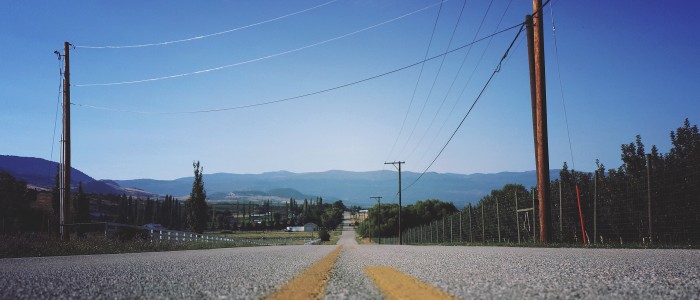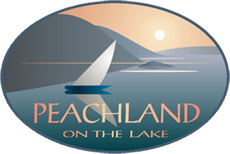Objective
The objective of this contest is to have fun & encourage as much on-air activity as possible throughout the Okanagan Valley with categories for novice amateurs who may have limited equipment on hand. The event provides an opportunity for as many Okanagan based radio amateurs as possible to get involved, requiring a minimum of equipment and a basic license level. You’re encouraged to get out and about and operate in the portable or mobile categories. A base station category is of course offered for those who want to work from their permanent location.
The OK 2m contest is a fun event with minimal levels of recordkeeping required and is based entirely on trust. No electronic logs are required. Results will be distributed to all amateur radio clubs in the Okanagan for distribution to their members and posting on their websites.
The “Rules”
- Simplex FM operation only on the 2m band according to the current RAC band plan. The upper and lower limits of the simplex allocation are 146.400 to 146.580
- Avoid calling CQ for contest purposes on the national calling frequency of 146.520 and the BC off road frequency of 146.460. Leave them free for non contest QSOs or urgent traffic.
- Use the call “CQ OK2” for contest purposes.
- Suggested call frequencies are 146.415, 146.430, 146.445, 146.475 and 146.500. Start low and use higher freqs. if congestion requires it. Beginner hint: figure out how to set up your rig to scan the simplex range of frequencies before the contest starts. Then you’ll hear anyone calling CQ OK2 across the range of frequencies.
- Stations may be located anywhere in the Okanagan Valley or on the hills and ridges forming the edge of the Valley provided you have line of sight to the Valley bottom. The limits are Enderby to the north and the national border to the south.
- You cannot use a repeater of any kind.
- Four categories of participation. Pick one only.
- Handheld: A battery powered handheld transceiver with a power output not exceeding 10W and using a directly attached compact antenna and internal batteries. Beginner hint: if you’re using a handheld get up as high as possible with line of sight to populated areas.
- Mobile: A 2m mobile transceiver mounted in a vehicle and powered by the base electrical system of the vehicle. Power output not more than 50W. Beginner hint: same as handlheld, get up as high as possible with line of sight to populated areas.
- Base station: Permanently installed base QTH station, power output not to exceed legal limits.
- Open: Where you want to be with any legal equipment you want.
- Each station may only be operated by a single operator. Clubs may submit an entry under each category using a club callsign provided the entry in each category is operated by a single member of the club.
- The event will run on Sunday 8 August from 14:00 to 16:30 local time (Pacific time zone).
- Scoring is based on
- Total number of QSO’s
- Each QSO must be with a different station
- A spreadsheet app on a smartphone or tablet provides an easy way of eliminating duplicate QSO’s. Simply enter each callsign you QSO with on a separate row and then sort the spreadsheet in ascending order using the callsign column. Duplicates will be instantly evident.
- Each QSO counts as one point.
- Completely trust based, no log submission.
- Winners in each category and overall winner will be published. No prizes other than the fun of participation.
If you want to participate send an email to va7rlx@rac.ca containing the following information:
- Name, callsign, email, club name (if a member) & the category you wish to enter.
- Registration closes on 16 July at 1700 Pacific time







